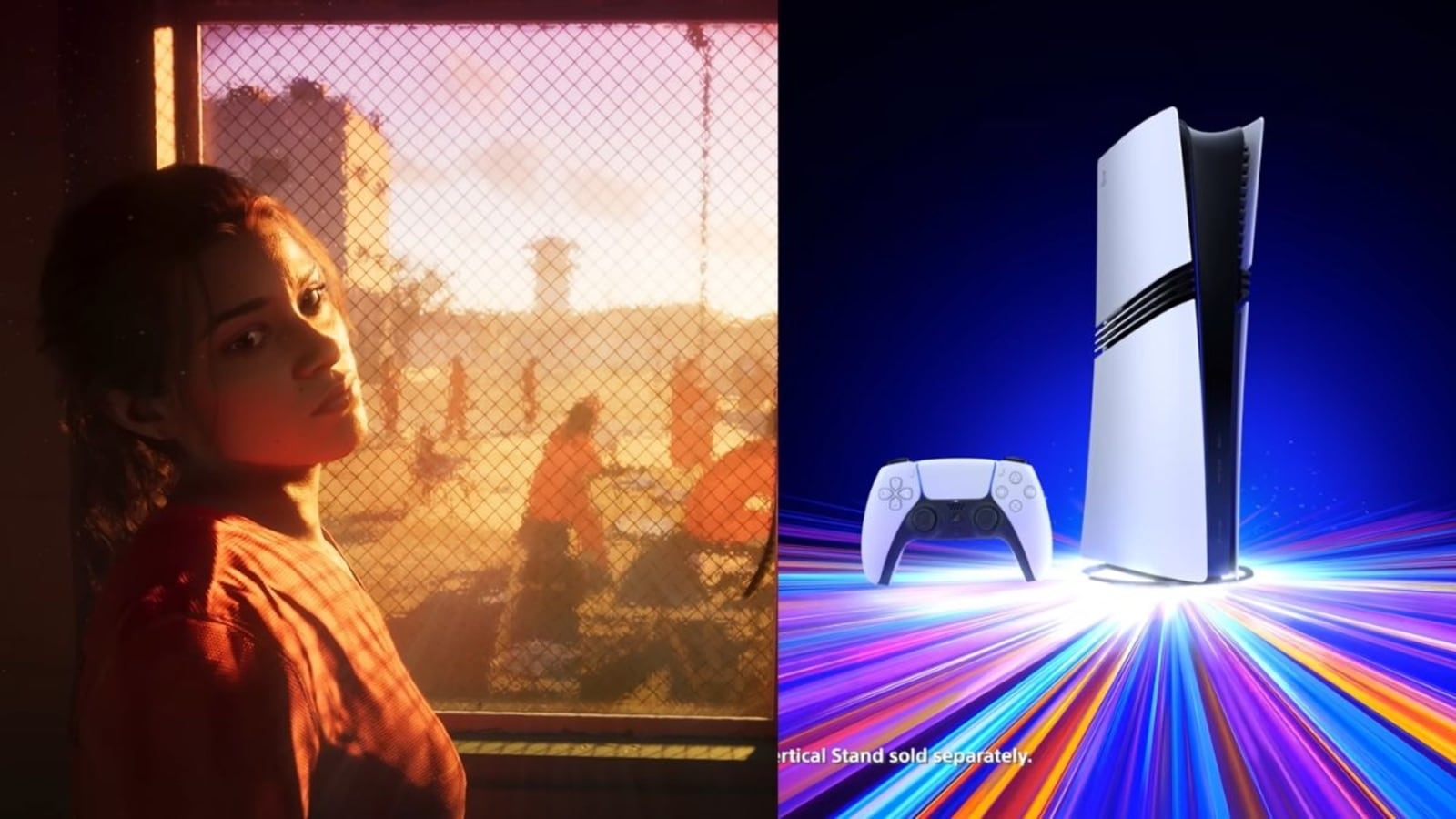Experts acknowledge that moving to more electric vehicles in the coming years will present a challenge, and part of that challenge is building a grid that is up to the task. But they said it was laughable to call a few hours of voluntary charging limits a sign of failure.
“Nobody charges during those times anyway,” said Elaine Borseth, the president of the Electric Vehicle Association, an advocacy group. “It costs more.”
Even outside of a heat wave, those hours tend to be the most expensive to plug in an electric vehicle, because there is the most demand on the grid around that time, as people arrive home and many business remain open. It is also when renewable sources of energy, such as solar, are dropping off the grid for the day.
Ms. Borseth said that when she’s charging her own vehicle, a Tesla Model S, in off-peak hours, she usually pays about 24 cents per kilowatt. The same charge could cost her more than 50 cents per kW during the peak window, she said. “That’s the biggest incentive.” According to Energy Sage, an online marketplace funded by the U.S. government, in general, charging an electric vehicle is approximately 3.5 times cheaper per mile than the cost of fueling a gas-powered car.
In California, E.V. owners have to be savvy, because the state has among the highest electricity prices in the country, noted Tyson Siegele, an energy analyst with the Protect Our Communities Foundation, which advocates for clean energy use. But the transition to renewable energy would ultimately lower costs, he said. “California is experiencing growing pains, just like any transition to a new and better technology.”
The current heat wave that led to the Flex Alert is part of a pattern linked by scientists to climate change. Periods of extreme heat are becoming more frequent, hotter and longer lasting than in previous decades. The federal National Climate Assessment noted in 2018 that their frequency had jumped from an average of two per year in the 1960s to six per year by the 2010s. The season has stretched 45 days longer than it was in the 1960s, according to the report.

























